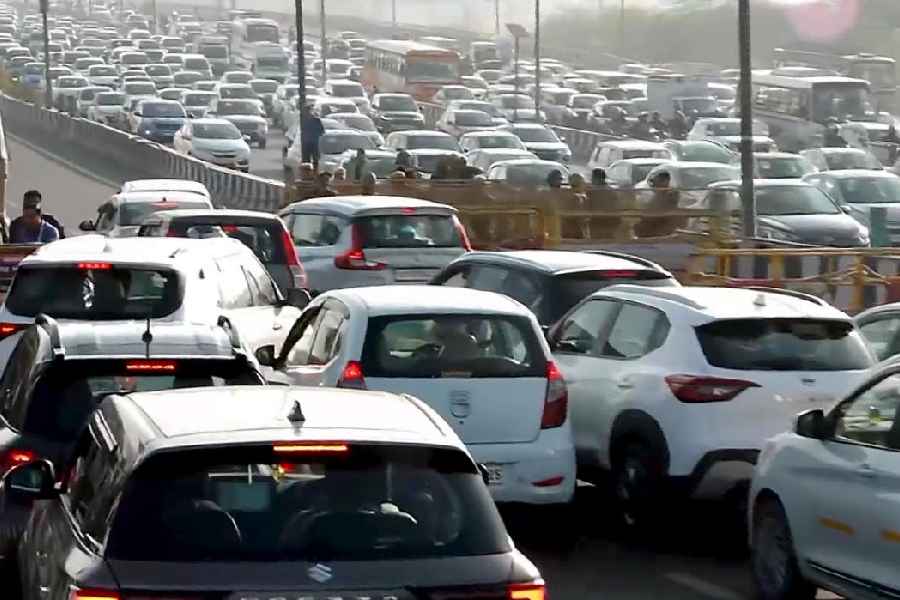The threat of flood looms large over north Bihar districts close to Nepal with heavy rain being forecast as the monsoon trough line crosses Bihar and reaches the Himalaya foothills by Monday.
A press release issued by the department of hydrology and meteorology of the Nepal government on Sunday stated that very heavy rainfall had been observed in southern parts of the country owing to the position of the monsoon trough line close to the Himalayan foothills.
It added that though the water-level in major rivers in Nepal has come down over the weekend, there was a forecast of heavy rain over the next three to four days.
India Meteorological Department (IMD), on the other hand, on Sunday predicted heavy to very heavy rainfall in north Bihar and the foothills of the Himalayas till July 20.
Bihar usually becomes susceptible to flood when Nepal receives torrential rain, as there are 17 river streams in the Himalayan region that cross the international boundary of Nepal and enter Bihar. Rivers in Bihar, including Ganga in Patna, are already flowing close to the danger-level.
"Though there was no pressure on the river embankments in Bihar as on Sunday, we are alert and prepared to tackle any crisis," said Rajesh Kumar, commissioner-cum-special secretary of flood control and water drainage in the water resources department.
Ashish Sen, director of Patna meteorological centre, however, claimed that floods in rivers coming from Nepal was unlikely as the rainfall in the foothills of the Himalayas was expected to reduce in intensity by Thursday (July 21).
"On Friday, the trough was passing through Patna and Bhagalpur. It was expected to reach the foothills, leading to heavy rainfall in Nepal and north Bihar. However, the line is expected to oscillate back to south Bihar and beyond from July 20. This will reduce the rainfall intensity," said Sen.
Sources said when the expected rain is between 0.1mm and 10mm, the water-level in the rivers of that zone rise by a metre. Danger is declared when a zone is expected to receive between 51mm and 100mm rain, which can lead the water-level of the rivers in that zone to rise by 5m and above.
Ashok Ghosh, water expert and retired professor-in-charge of the department of environment and water management in AN College said: "The stream power and the sediment load of river channels flowing in the state is very high at the mouth of rivers. But the power reduces as the river approaches land area and the sediment load gradually converts into silt. Silting leads to shrinkage of the effective flow area of the river channel. This, in turn, causes the river to overflow the banks and creates a flood-like situation."











